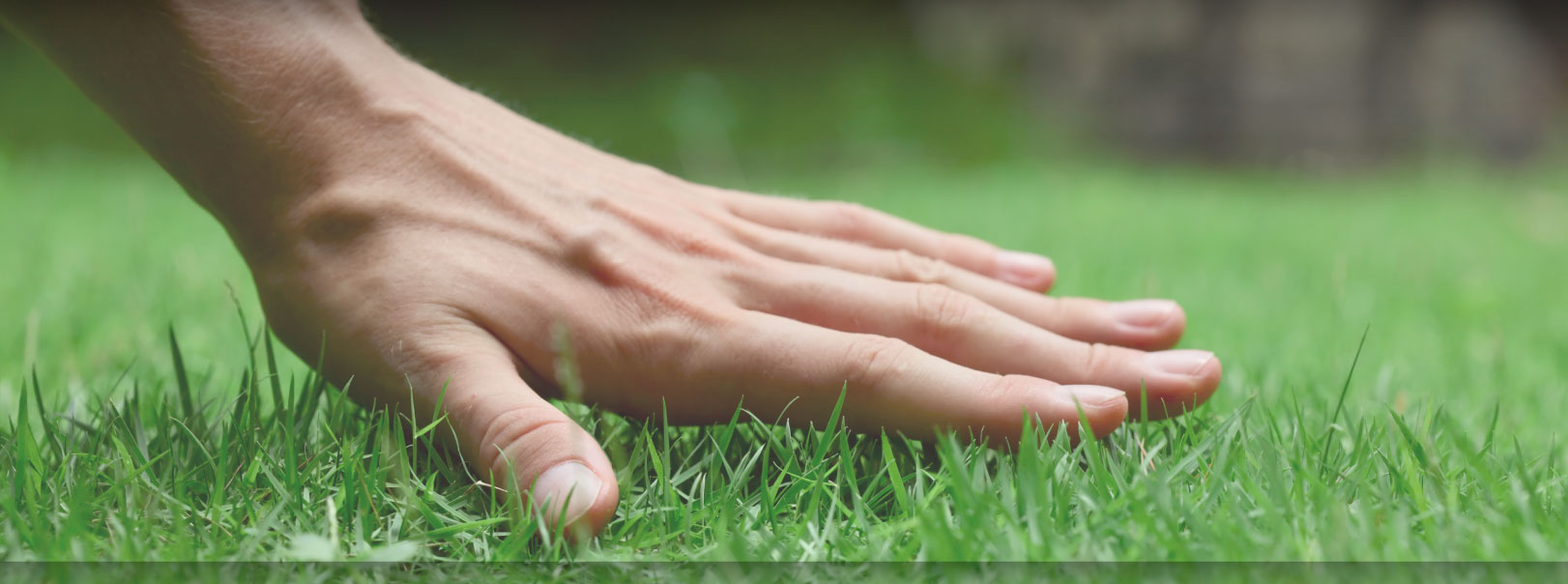Your lawn will be fully rooted and matured after 2-3 years post installation; however, a brand-new lawn has certain care guidelines you should follow in the first four weeks after installation.
For the first few weeks with your new lawn, you should:
Your lawn should be constantly damp to the touch. If you press on the soil and see water pooling around your fingers, this is an indication that you are over watering.
Your lawn should be constantly damp to the touch. If you press on the soil and see water pooling around your fingers, this is an indication that you are over watering.
After your lawn has had a full two weeks of regular watering, you will mow at the start of week 3. Before mowing, ensure your lawn is fully dry.
Four full weeks after installation, you will test your soil’s pH and balance the soil if needed. To learn about soil testing and pH, read “Fertilizing Your Lawn.”
You will fertilize your lawn two months after installation. To read about fertilization, check out the section “Fertilizing Your Lawn”. St. George’s soil is usually alkaline, so you will likely want to treat your lawn with sulfur. But you will know more once you’ve tested your pH levels.
Within the first four weeks of your lawn installation, you can rely on the sprinkler setting set by STONETREE to provide your lawn with the necessary amount of moisture. After the first month, refer to the watering schedule in these guidelines for continued care of your lawn.
As for what you should NOT do in the first four weeks:
DO NOT WALK ON YOUR LAWN.
While it won’t necessarily hurt your new lawn to step on it, you will leave lumps and dips in your lawn if you step on it during those first 2 weeks. Because the soil below is being kept constantly wet, your foot will compact the soil and leave your new lawn bumpy.
DO NOT TREAT YOUR LAWN.
Your new lawn comes from a sod farm and will not contain weeds or other contaminants. Do not treat the new lawn (weed killer or fertilizer) in the first four weeks. The only area weeds could develop would be between the strips of new sod. If they do appear, simply pull them out.




